"The important thing is not to stop questioning. Curiosity has its own reason for existing."—Albert Einstein. If you are curious about anything under the sun, it means you are learning and developing your skills.
Your everyday life is filled with curiosity, more than you can imagine. Curiosity helps you make friends with concepts, challenges, and capabilities. These elements then introduce you to two broader skills- critical and creative thinking.
Whether it's the old world or fresh perspectives, everybody nowadays discusses critical and creative thinking. Be it learners or professionals. But what are these? Well, these are two lenses through which we see the world.
Our personal experiences shape how we analyze, how we question, and what we conclude. Some of the world's great innovators have come up with new solutions once they start evaluating and brainstorming.
These complementary skills give a thinker various possibilities and eventually become a habit of mind for them. We will read about them individually and compare critical thinking vs. creative thinking.
How Do Thinking Skills Work?
Let us understand this with the help of an example: Suppose you are making ice cream. How will you break down the entire process of making in terms of thinking skills? You need an analytical, critical, and creative mode of thinking for this.
Firstly, analytical thinking will identify the ingredients, their proportions, and the overall process of making ice cream. Secondly, critical thinking will consider the points of judgment and whether everything meets the criteria.
Lastly, creative thinking will broaden your imaginative scale, and you might develop a new idea to incorporate. That is a basic outline of how thinking skills work. Moving ahead, we will focus on creative and critical thinking only.
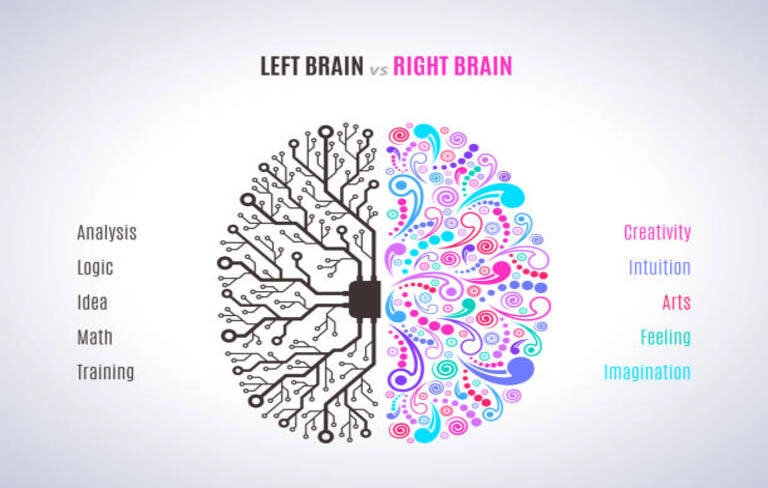
1. Critical Thinking vs. Creative Thinking
Critical Thinking | Creative Thinking |
Vertical process of thinking | Lateral process of thinking |
Analytical in functioning | Generative in functioning |
Very focused with a clear objective | Diffusive with open, productive thoughts |
Requires verbal understanding | Involves visual expression |
The thinker uses the left side of the brain to structure the progress | The thinker uses the right side of the brain and might not follow a linear process |
Requires concentration | Done in your subconscious mind |
Weighs the pros and cons | Sees the cons as opportunities to innovate |
Narrows down the solution to the best one | Expands all possible solutions |
Work on Probability | Count on possibility |
Tests the hypothesis | Forms a hypothesis |
Yes but- means the answer is not just “yes” or “no.” There are points of elaboration and reflection involved. | Yes and- means embrace the idea and build it up. Enthuziastic offers the best |
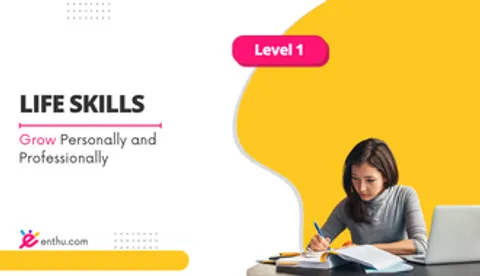
2. The Overview Of Thinking Skills
The US Dept. of Education studied creative and critical thinking skills separately. The study said we must work on both skills equally to raise a confident generation. Let us read more about these skills.
Critical thinking
Critical thinking is the ability to think rationally. Understand the logic and connect the dots. It is the ability to think independently. The problem-solving and logical thinking approach requires actively analyzing, conceptualizing, and synthesizing at different stages.
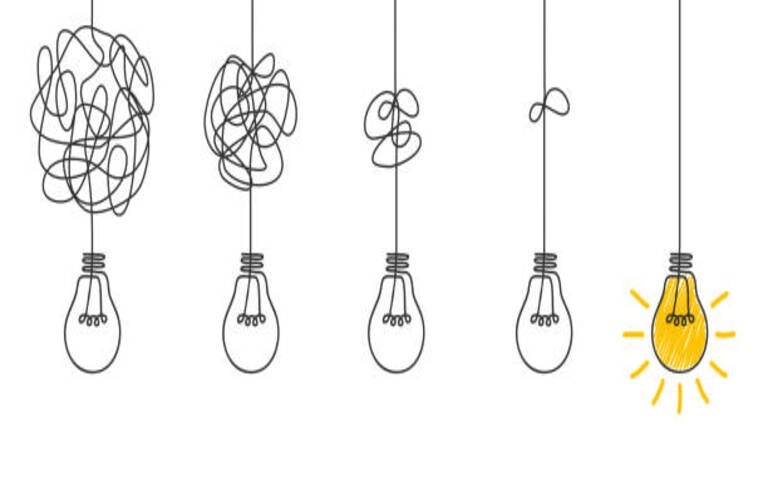
Creative thinking
Creative thinking is engaging in open-ended reasoning. It leads to new ideas, symbolic thinking, imagination, elaborating, and finding creative ideas. Creative thinking is transformative, flexible, combination of various elements (person, place, process, product). Check out this book by Joe Y.F. Lau.
Questions
You Must Ask Whether you are a critical thinker or a creative thinker, there are some questions that you must ask yourself time and again to get clarity.
3. As a critical thinker
What is happening?
Why is this important?
What do I see and what can't?
How do I know the root and authenticity of the information?
Who is the speaker?
What are the factors influencing the idea?
What are similar scenarios?
4. As a creative thinker
Is the idea out of the box?
Will this process enhance creativity?
Can I take the risk of creative destruction?
What value does it add to the concept already executed?
What more information do I need?
How will people perceive it?
If this occurs, what else would happen as a consequence?
5. The Components
To develop habitual thinking, you must know about its essential components.
Components of critical thinking
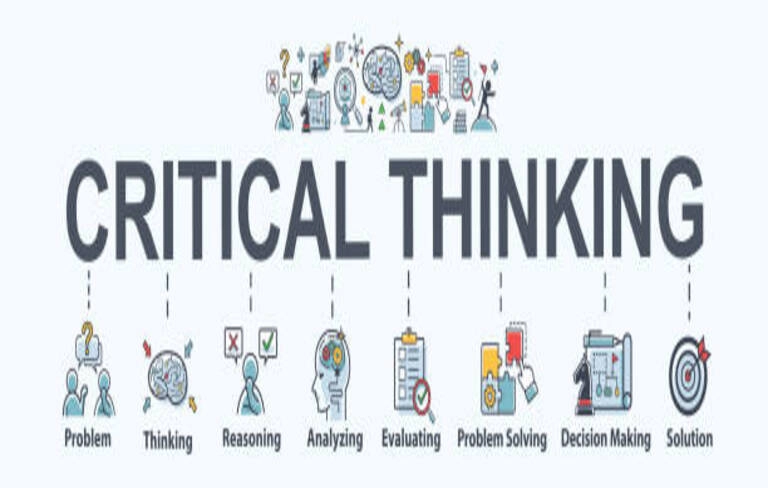
Identify the concern
Do not see things as just black and white. Find out the real concerns.
Challenge the assumptions
Sometimes, what you assume might not be the best way to interpret a fact. Therefore, challenge your assumptions.
Reflect upon
Take a step back and reflect upon the scenarios that led you to think critically.
Give importance to evidence
Follow each piece of evidence that supports your thinking. Also, find the best way to clear the confusions that cross your path.
Honesty
Your emotional impulse, personal motives, and other disputing thoughts should not get a place during critical thinking.
Self-awareness
Be aware of the biases you see and the point of view that flash in front of you and weigh them appropriately.
Judgment
Before you jump to a conclusion, check the relevance and merit.
6. Components of creative thinking

Originality and uniqueness of ideas
For the originality of ideas, brainstorm on a large piece sheet without judging or concluding anything.
Do things differently
Bring a change in your routine and try different things. Sometimes the best ideas come when you do not follow a routine.
React, not reserve
When you look around you, you see stimuli. Be it nature, humans, music, colors, shapes, structures, etc.
Keep a note
Anything that strikes you as unique or a new thought; pen it down. You can also keep it as a draft in your email and return to it sometime later.
Make mistakes
The best creativity happens soon after a big mistake. Though not proven, we can't deny it either. The giant bar that sometimes stops you from thinking is the fear of making a mistake. Let it happen, and that becomes a part of your creative thinking.
Examples of Critical
Thinkers 1. Steve Jobs - He could see beyond the present and create the product for the future. 2. Warren Buffett - The business magnate made decisions which was not only driven by current trends but also by strategies for business growth.
7. Examples of Creative
Thinkers 1. Steve Wozniak - Designed products that transformed our way of using a computer. 2. J.K. Rowling- Wrote a story that captivated the entire world.
Critical Thinking | Creative Thinking |
Logic-based | Reflection based |
Involves evaluation | Involves emotions |
Sequential and disciplined process to follow | Always new and fresh perspectives to create something original |
You judge what is already there | You create something new |
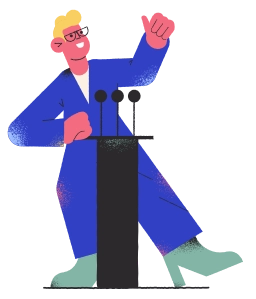

Conclusion
Critical thinking and creative thinking are inseparable. Your ability to comprehend a situation decides which of these you should choose, or should you go for both? The next time you see a problem, experiment with combining both skills.
By welding them together, you come up with a range of solutions. However, each has its context and approach too. No matter which road you are on, fine-tuning your skills is a lifelong pursuit. Work on the key elements which will help you think through them.
FAQs
1. How to work on critical thinking
Analyze the information, decipher the meaning, interpret the problem, and find the solution. The logic which you apply enhances your critical thinking process.
2. What are the key takeaways to understanding creative and critical thinking?
The chart below gives a clear idea about the key takeaways:
3. What are the five points to keep in mind for being creative?
lThe primary five points to remember for becoming creative are:
Do it from scratch, keep it rough, and go throttle about it daily
Give yourself time to daydream without drawing any conclusions
Confusion will help you more than having clarity
Failure and feedback will help you to clear the blocks
Have a beginner's mindset
4. What aspects are not a part of critical thinking?
Following are a few things that are not a part of critical thinking- skepticism, uncovering biases, passive acceptance, examining assumptions too much, etc.
5. How to work on creative thinking skills?
For every idea to execute, step back and see the problem areas. Start thinking out loud about all the possible solutions. Scrap the ones that are not convincing enough and pick up the ones that match your vision.
It is how you can work on your creative thinking skills. Therefore, divergent thinking is an important part of creative thinking.


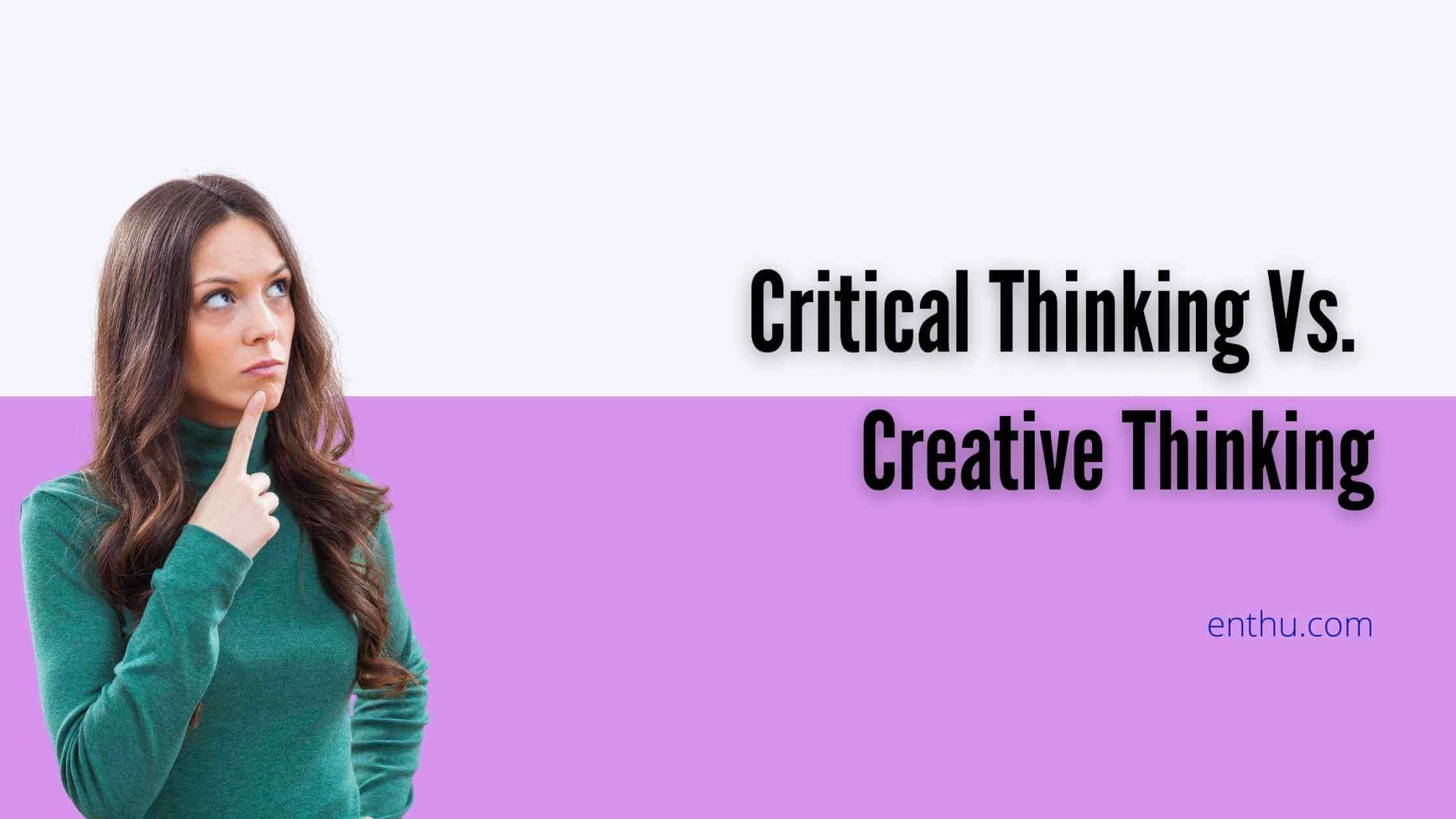
.png)

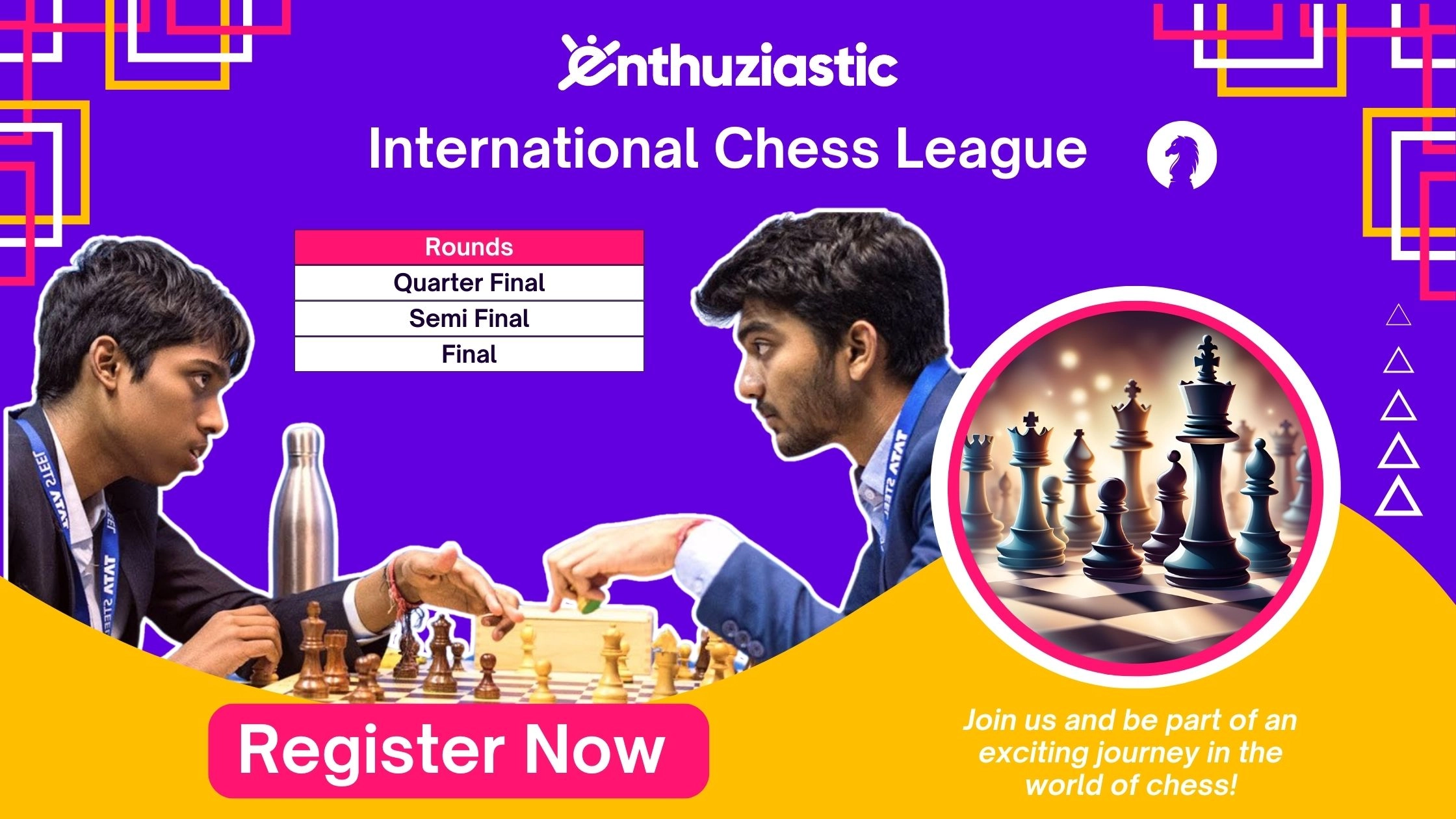
Comments